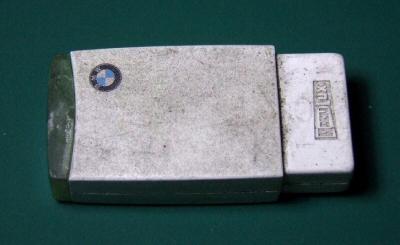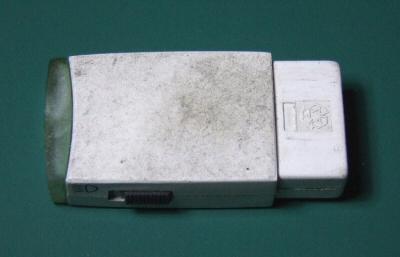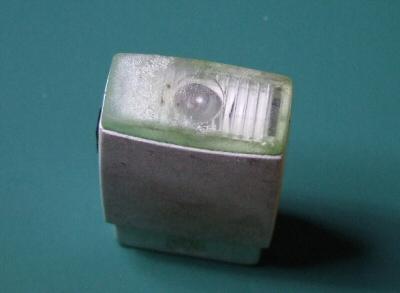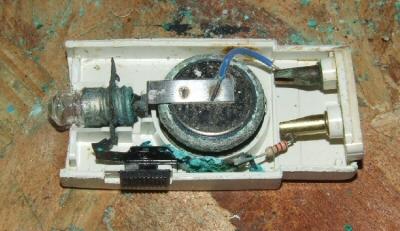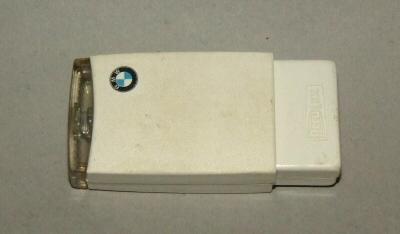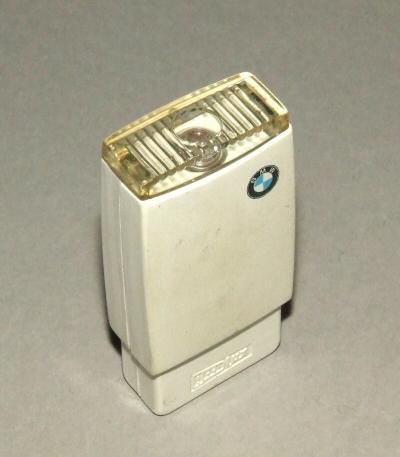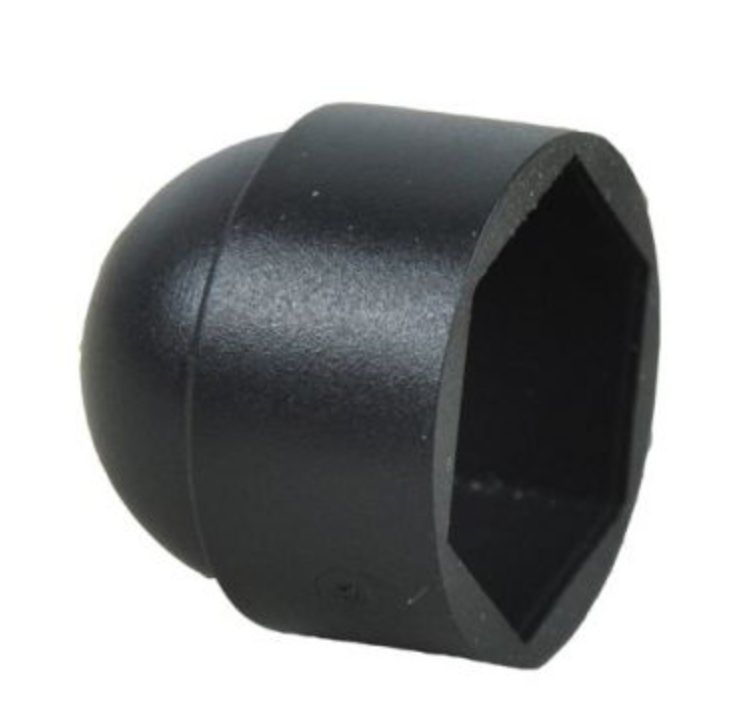-
Posts
5,938 -
Joined
Content Type
Profiles
Forums
Events
Blogs
Gallery
Everything posted by fredk
-
Just a wee 'celebration' to mark that I finished rebuilding 15 BMW torches. Done over the last few days This is what I usually get; They get new rechargeable batteries, new brass work & resistor, a new bulb, replacement lens and cleaned up; this what they look like when I'm done with them BMW don't make these torches anymore. Haven't for about 15 years. My #1 son has customers who have older BMW cars either without torches or ones not working. The customer wants a working torch and this is the only way they can get them. afaik we are the only ones in the UK doing rebuilds in quantity. Two things which stop others from doing the rebuilds; the special batteries were discontinued by Varta about 10 years ago and the torch lenses; not all of them can be polished clean and re-used. We have work-arounds to continue rebuilds. I have 36 or so more in stock to rebuild.
-
-
Very, very nice But, replace that lock nut with an acorn nut. It would look so much better
-

Leather Armor - Advice on Scratch Resistance?
fredk replied to DavidK's topic in Leatherwork Conversation
It helps to allow it to spread more evenly and to get into the leather before it dries -
The tracking number on the parcel. I could even find the address in Montreal and see the signature of the person who signed for it. I wonder if they were expecting a scanner or was it a surprise. It was delivered to a tall building with many floors, some were offices and some residential, so I don't if a business got the scanner
-
I bought a 3D scanner from Amazon. They said it would come from their place in UK, but later it transpired it was coming from China From its factory in China to Virginia, back to China to different place, from there to Alaska, back to China, yet another different place, to Chicago, to Texas, to Ontario, and was delivered to an address in Montreal. All this withing about 10 days. Never got that scanner. I got refunded my money. The same day I received the refund the courier firm said they would send me another scanner which I received the next day. I tried to pay for this one but the courier company said that as I was refunded they cancelled sending me a replacement scanner and told me the one I had I didn't have. So, a free scanner and payment refunded
-
Last August thru September a chap came on to the forum and offered Craftaids and tools from his late grandfather estate The thread is locked; Did anyone receive anything? The last I heard from the chap was on 1st - 3rd December that the items were sent. I was sorting out how to pay him. No money was paid over and even if it had been it wasn't for much, $15. But I've not seen what he sent, if he sent it. I'm disappointed. The chap hasn't been on the forum since maybe 29th December
-
Have you heard? A US scientist says we should add SALT to our tea for a better cuppa! https://www.bbc.co.uk/news/uk-68085304
-
Lift the handle off the ram. The ram should be able to rotate. That is a split-pin, It usually has an 'interference' fit which needs tapped out with a small hammer
-
Does the ram screw down? I have the other press and the ram screws down
-
feedback on the wool cage; 1. a hole in the top & bottom discs for certain balls of wool which feed that way 2. too small 3 too tight, not enough of a gap between the longitudinal straps to get a large ball of wool in So these will bi incorporated in the Mark 2
-
Hebar ltd Located in UK. Usually sent out speedily. Sometimes the item has arrived in about 3 days. I have bought loads from them with no problems. https://www.ebay.co.uk/itm/183887743500?hash=item2ad0904a0c:g:y8wAAOxydlFS9OGX Then there are these; slightly longer but a lot cheaper https://www.ebay.co.uk/itm/325967449835?_trkparms=amclksrc%3DITM%26aid%3D1110006%26algo%3DHOMESPLICE.SIM%26ao%3D1%26asc%3D259357%26meid%3D3f720b48e82a44509232e010a806fd8f%26pid%3D101195%26rk%3D10%26rkt%3D12%26sd%3D183887743500%26itm%3D325967449835%26pmt%3D1%26noa%3D0%26pg%3D4247815%26algv%3DSimplAMLv11WebTrimmedV3MskuWithLambda85KnnRecallV1V2V4ItemNrtInQueryAndCassiniVisualRankerAndBertRecallWithVMEV3CPCAutoWithCassiniEmbRecall%26brand%3DUnbranded&_trksid=p4247815.c101195.m1851&amdata=cksum%3A3259674498353f720b48e82a44509232e010a806fd8f|enc%3AAQAIAAABcHD%2FO%2BVoFoPPIoZ2g0kOZxWd85mWuIHekSp3qag7zFfwObZeQoitzE%2FDCfcejfO%2BzOLmzZmy11RrgWpA56KM9DpasK%2BGtGYwCFvgaK6ijP5AqShEUhT8f2oX6hvndJ3G0oWH8DD1DlBWseQltpxcSDW2Uu52NrseaxeINpsrDP6vx7ny%2BkPKauMa3yeSanWiih3AM6UDYA3eJRE5xAqWbp13dlH1jBFZldXz3sEP7r3AUTdB%2B1HDhOc0WaHW%2BBTKaDj5%2BMshXfqOEyljabfFRGXQAtJy9Tn0EZuqdvhTBB4V7P3N9ukg6BebnpOBmxn1zmF96pVKZObC--%2FSi1i6MkaxMR%2BmTXwl0wi05mOdWdYPYxUZb6mnUORtbYbrBFTXQCUubz7fYxARQHhhfr7KSuQBAYkht6EosMieeX6AoO7%2Bp9PNqIU6MOW%2Bg%2FpKlUCCjp3zcsqkl4xWOKy%2F5KnQ5lo1YAmBi4IQ0FLxhtH2qam8|ampid%3APL_CLK|clp%3A4247815 Never dealt with them
-

Is it possible to soften the temper of a piece of leather?
fredk replied to SUP's topic in How Do I Do That?
Don't forget the 'conditioner' -

Is it possible to soften the temper of a piece of leather?
fredk replied to SUP's topic in How Do I Do That?
Its very simple but time consuming; apply a little of your favourite conditioner and work the leather. I mean, bend it, fold it (not tight), roll it, sit on it . . . . and keep doing this until its as you require it -

Is it possible to soften the temper of a piece of leather?
fredk replied to SUP's topic in How Do I Do That?
Yes But as you're not asking how I ain't telling -
averaging 2* C
-
I wouldn't say it was cold but I just saw some brass monkeys down the town looking for a welder
-
If its the type I'm thinking of, they put the knife at a fixed angle which is not always the best angle for our leather working tools
-
I've used compressed cardboard to reinforce chrome tan leather bags. I've sandwiched it between 2 layers of leather
-
I think I've become a reptile; I'm so cold I can't warm up to make the effort to get into my leather room to do any work
-
Yes, but out of China via ebay
-
Not only lubrication, but also used on one-self as a protection against cold weather (goose grease mostly) and tallow was the main source of light, tallow candles and lamps, from Roman times to the invention of the gas light
- 193 replies
-
- saddler recipe
- diy conditioner
- (and 4 more)
-
I feel privileged that we get our mail pushed through a letter-slot in our main door. The postie is legally obliged to put the mail through the letter box. Our posties are still wearing shorts and light-weight jackets. My postie this morning was wearing a light waterproof jacket only cos it was teeming down
-
I get mine from an ebay seller; https://www.ebay.co.uk/itm/202724567524?var=502855662559&hash=item2f335369e4:g:ptsAAOSwO8tcxq3v
-
The secret here is to roast the scraps not to burn them



